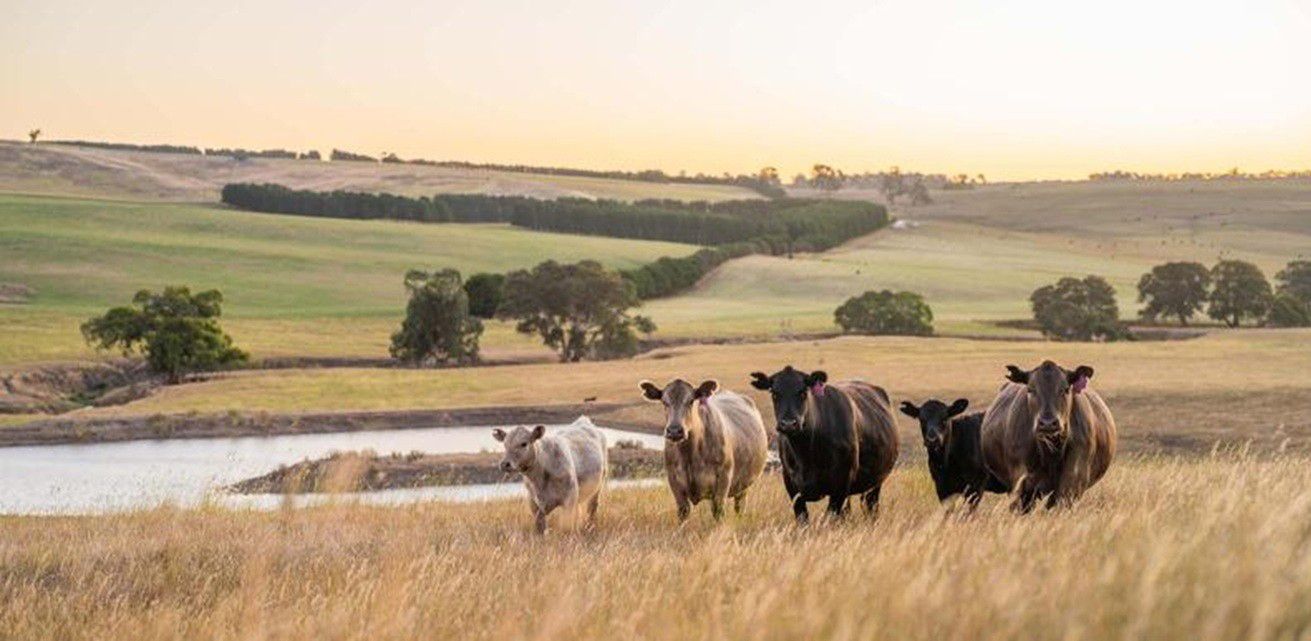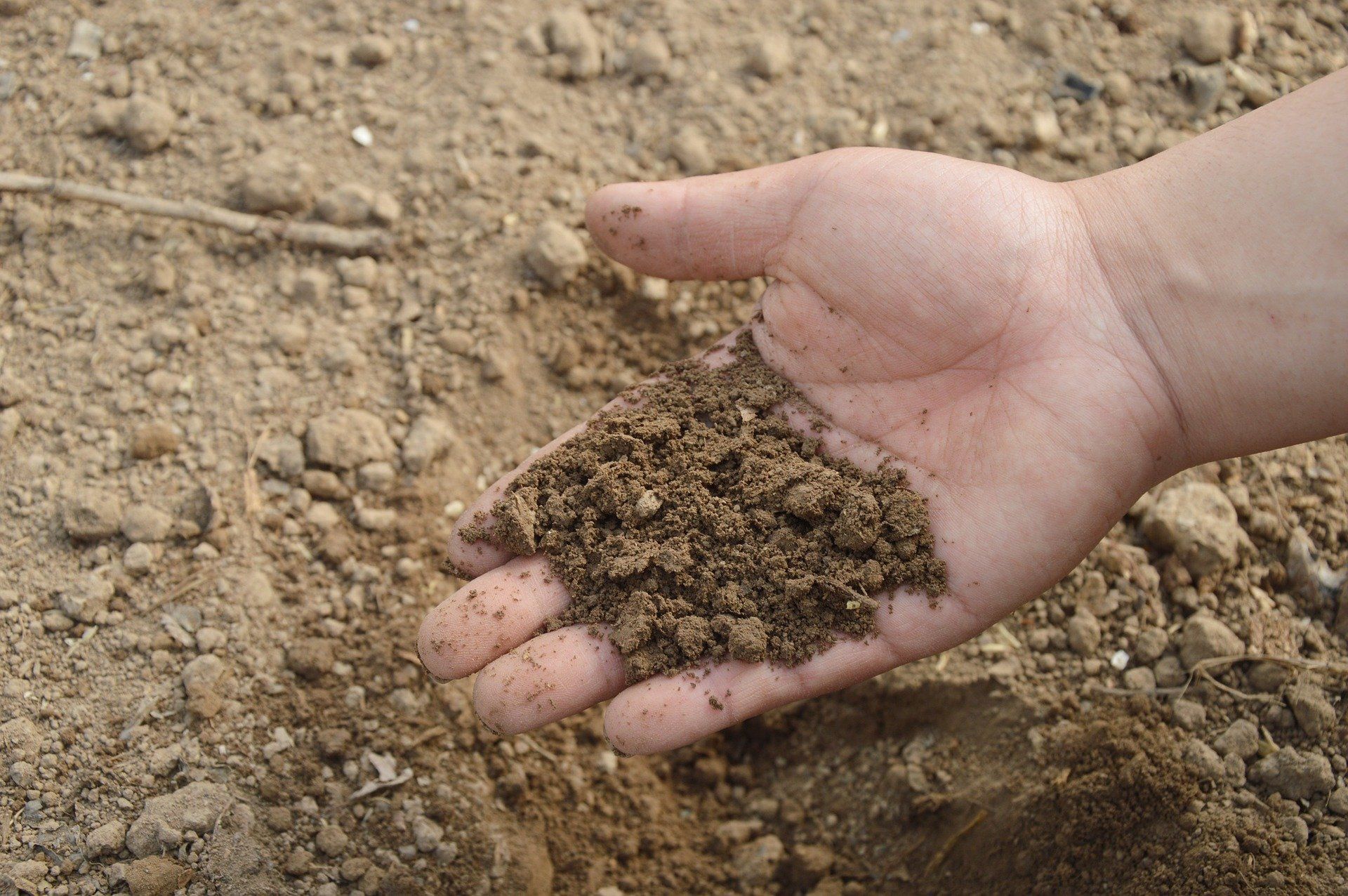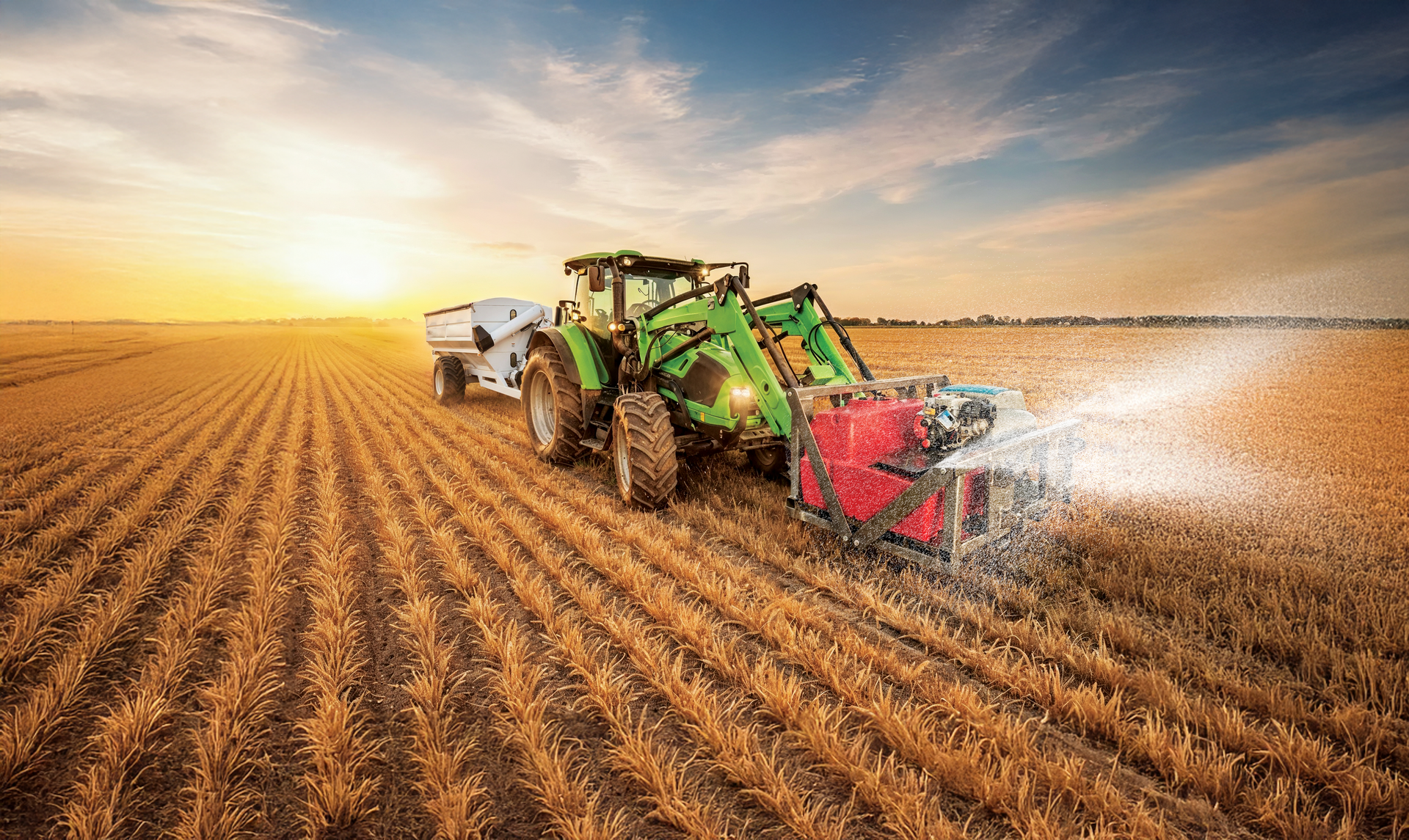1MG FlippingBooks
Soil regeneration set back by bushfires
Repair and rehydration of land needed for long-term stability
The bushfire season in Australia has set back the efforts of regenerative farmers due to burnt soils releasing stored carbon.
The main goal of regenerative agriculture is to return the land to its natural state and reverse the damage of our warming climate, and the impacts of past agricultural practices. Increasing and maintaining carbon levels in soil is a key part of this.
High soil carbon levels enable productive, resilient vegetation, by increasing water retention and nutrient availabilities.
Last month, NASA
estimated that Australia released 250 million tons of carbon that was stored in
vegetation into the atmosphere, since the bushfire season began in September.
This is the equivalent to half of Australia’s annual carbon emissions.
The bushfires have a
knock-on effect; speaking to The Australian
Farmer, Soils for Life CEO,
Rod Chisolm, pointed out that the carbon storing capacity of our land has been
diminished, with the total fallout too early to estimate.
Bushfires reduce the
ability of soil to act as a carbon sink and absorb carbon from the atmosphere,
which then impacts soil health, affecting future crop yields.
The Mulloon Institute
is working across the nation to repair and rehydrate drought-stricken land,
focussing on major properties and water catchments.
Chairman, Gary Nairn, says, “There are examples out there of where you have had good hydrated landscapes being so much more resilient to a bushfire coming along.”
The federal government recently announced that the Future Drought Fund established last year is set to increase to five billion dollars made available each year to better prepare communities for predicted prolonged drought.
Nairn has put a strong
case forward, that repair and rehydration of the land will create long term
resilience rather than band aid solutions, in his submissions to government.
Last year, Michael
Jeffery was appointed as the National Soil Advocate, putting weight behind his
recommendation that soils, water and vegetation should be considered strategic
national assets.
“This is the kind of infrastructure
that the government should be supporting come the next drought,” says Nairn.

















